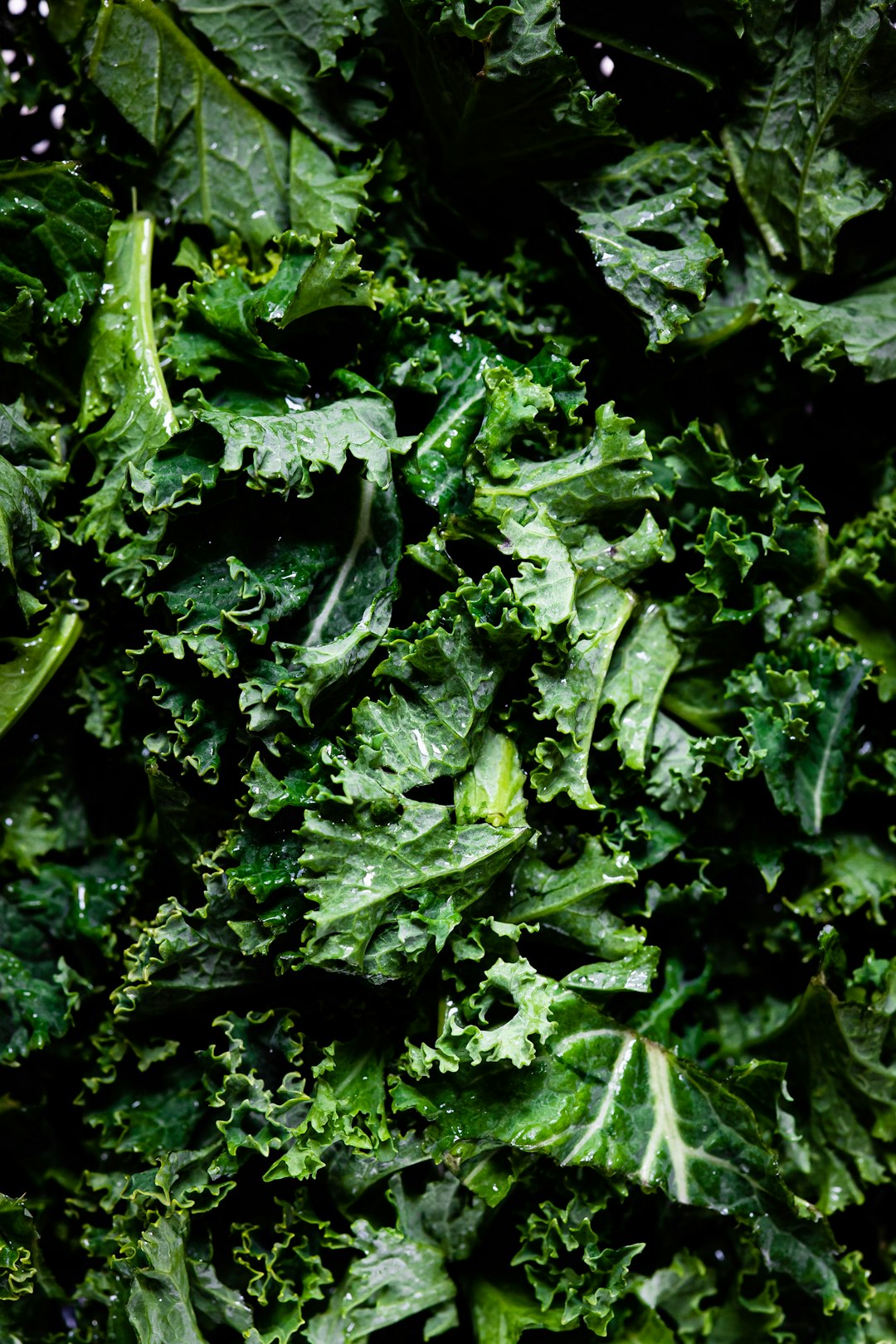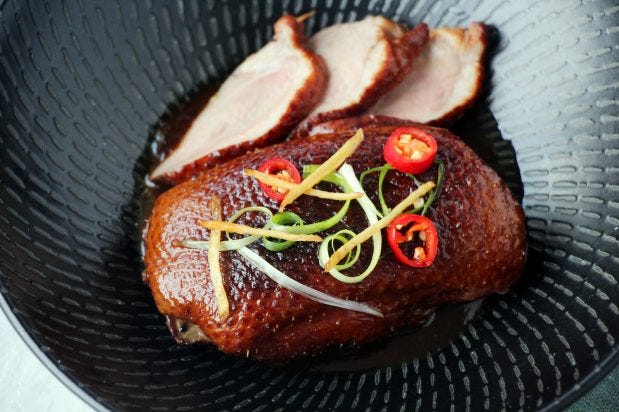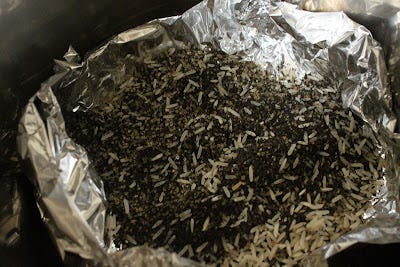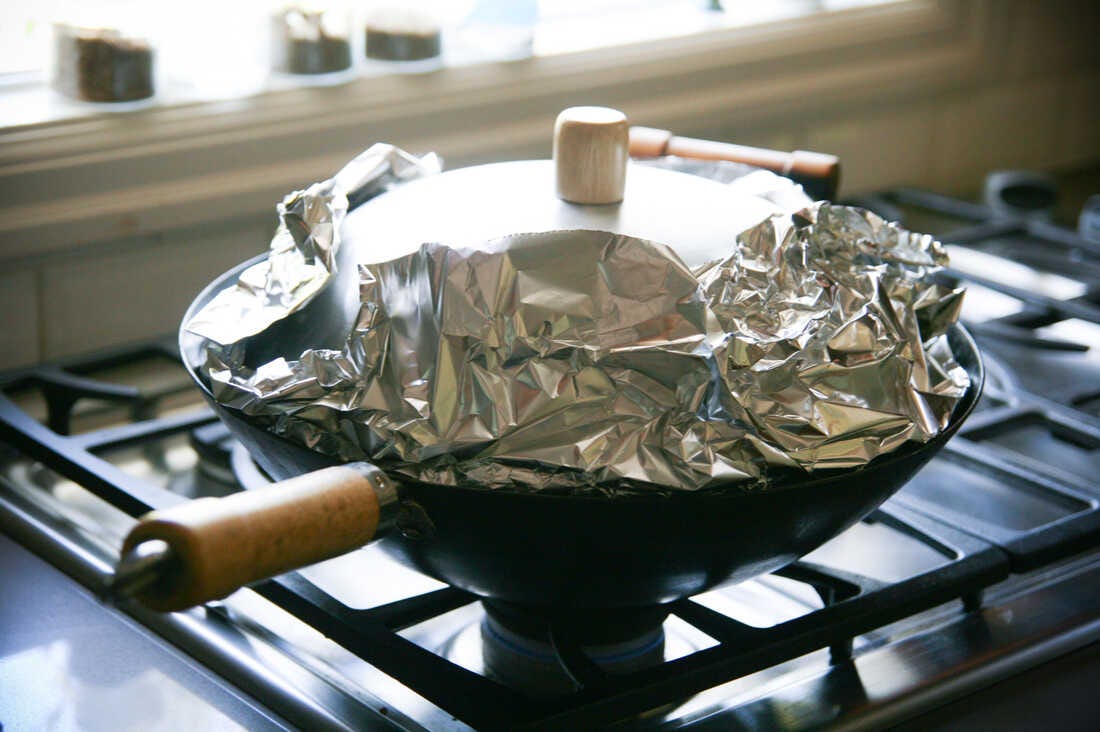
My jaws have given up on kale. My intestines have given up on cabbage. It costs too much in fuel charges these days to bake a cheap potato. This season not being the most optimum for a choice of ‘quick cook’ vegetables, I’ve turned my hand to smoking them.
We’re all familiar with smoked salmon and various smoked cheeses. Smoked vegetables? Probably less so. Yet you can smoke any root. I haven’t tried above-ground vegetables yet but I’m told the process works particularly effectively on tomatoes. They’ll have to wait. Before June I don’t buy tomatoes, except in tins. Apparently, aubergines/eggplants respond well to smoking and not just over an open flame for baba ganoush. So do capsicums.
Originally employed as a preservative, smoking food is a cooking technique of very long standing - back to the cave-dwelling Flintstones and their neighbours. The common wood for smoking foods across Europe used to be alder. These days, though, oak is more prevalent. In America, the choice goes far beyond alder and oak, to include maple, hickory, mesquite, pecan and fruit-tree woods.
But this smoking is not about any of those.
Lapsong Suchong’s illusive autumn-bonfire taste comes from the smoke from burning pine resin. In Scotland, peat is the smoking medium for whisky as well as for salmon, with enthusiasts supporting their favourite strengths of peat-smoked malts from the Lowlands, Speyside and some of the Scottish islands.
But this is not about that kind of smoking either.
The medium we’re talking here is tea. Tea and rice. With these two simple common staples of every kitchen, we own the elements for flavouring food through smoke. Using them either together or singly to give a singular taste to food has long been linked to China. Its tea-smoked duck is a centuries-old traditional celebratory dish.
But smoking food wasn’t a method reserved for special occasions. Historically, the Northern Chinese would hang cured meat in the kitchen above a stove burning wood, as across Europe, to provide food supplies to help them survive the hostile winters. Later, with the Qing Dynasty, smoking became not just a means of preservation but also a respected cooking method. Recipes from the Garden of Contentment, a culinary treatise and cookbook published in 1792 by the poet Yuan Mei, waxes lyrical about smoked egg. The recipe is simple, though the method isn’t particularly clear: “Cook the egg with the desired ingredients and allow it to dry slowly in the smoke. Slice it and put it on a plate to serve.”
These days, we seldom cook over open fires except outdoors (though I used to own a wonderful grill that stood inside the fireplace and on which meats and fowl were smoke-roasted). But use tea mixed into a bed of rice instead of wood chips, and you can smoke pretty much any food in a wok over a regular stove. Salt, even. What dedicated follower of fashion do you know who doesn’t own a bowl of smoked salt? You can make it at home.
When spices such as cinnamon and star anise, strips of orange zest, and brown sugar, even, are added to the tea and rice mixture, an even greater subtlety of flavour emerges. Sugar doesn’t sweeten the food. It helps the smoke penetrate whatever you are smoking. The job of the rice is simply to prevent the tea leaves and spices from burning too fast.
Tea-smoking is a simple process but one you shouldn’t undertake unless you have a well-functioning exhaust fan above your stove. This recipe is a loose one, and cup measures the simplest to use: 1 cup uncooked white rice mixed with 1/2 cup black tea leaves and 1/4 cup brown sugar
Optional additions in any combination to mix into the rice and tea:
1 or 2 cinnamon sticks, whole or coarsely broken
6 to 8 whole star anise
1 to 2 tablespoons black peppercorns
2 strips orange zest, 1cm/1/2 in by 5cm/2 ins strips
1 to 2 teaspoons cloves
Double-fold a sheet of aluminium foil large enough to drape generously over the side of your wok or large pan. Add the rice, tea and sugar and sprinkle over two tablespoons of water then lay your vegetables on top. Bring up the foil over all and seal to make an absolutely tight parcel then cover with a lid, or drape enough foil to enclose the food and the lid completely, as in the photo. Set the wok or pan over medium to high heat then wait for a few wisps of smoke to escape. As soon as you see them, set your timer for 10 minutes. Then turn the heat off and leave the parcel to smoke for a further 10 minutes. Unwrap the parcel and shake off the rice and tea mixture.
To smoke beetroot or any other root, wash but don’t peel it. Once it’s smoked, rub or peel off its skin then slice and plate it in any fashion that goes with your meal. I was turning five medium beetroots into a Middle East side dish, so quartered them before I smoked them. Once they were ready to eat, I dolloped a sauce of yogurt, tahini and lemon juice over and seasoned it to taste with salt and sumac. If your roots don’t feel cooked through after they’ve been smoked, stick them in an oven for 10 or more minutes until a skewer slides in easily.







This reminds me of a smoked chicken I used to make a few decades from The NYT book, Great Recipes from the NYT by Raymond Sokolov. The chicken was first boiled, and after that the method was pretty much what you describe here. It was delicious and billed as an appetizer. In fact that book, published in 1973, is worth revisiting. Thanks for this new way to smoke food!
You absolutely wouldn't, believe it or not. Just put your oven hood fan on. The smoke is a trickle not an inferno.